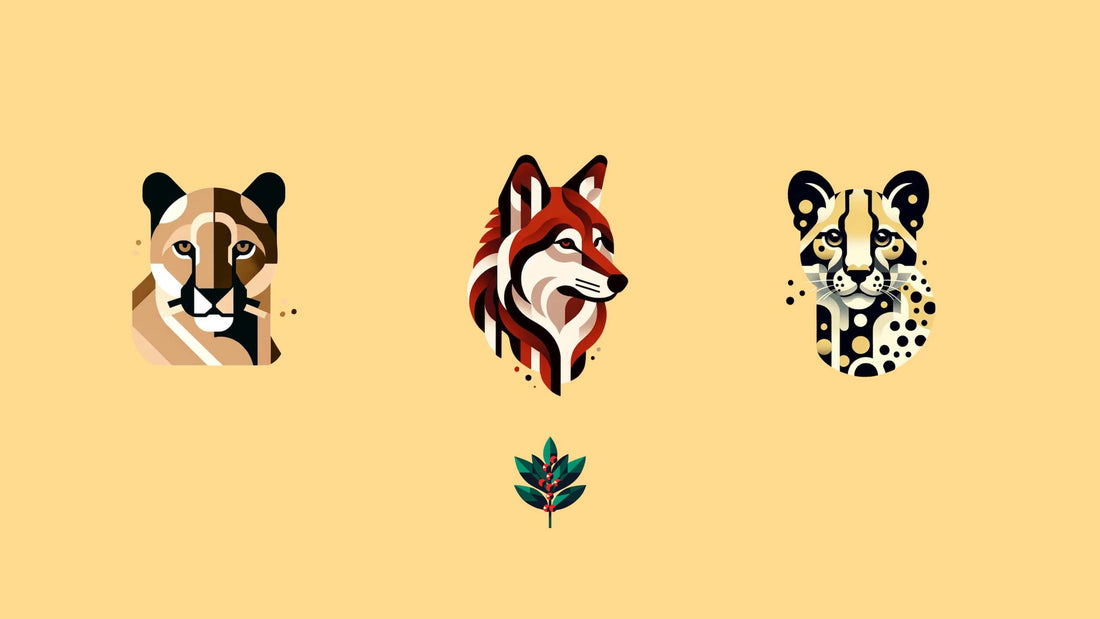In a 1985 issue of the popular journal Science, American zoologist George Schaller coined a concept that would come to influence subsequent conservation efforts across the world: charismatic megafauna.
Schaller described charismatic megafauna as the ability of large, captivating animals to attract eyeballs & dollars to conservation causes that would otherwise lack widespread buy-in from audiences.
In reality, biodiversity conservation must often focus on smaller, unglamorous plant and animal species that hardly captivate the public's imagination: freshwater eels in Chinese estuaries, rare frogs in the Central American jungle, species of hardy cacti in the Sahara. But many of these same species also uphold larger ecosystems that support charismatic, well-known animals like jaguars, whales, and falcons. These megafauna can then serve as representative loci around which public opinion will coalesce for larger conservation causes - a virtuous cycle.
The same holds true in North America. Fostering growth of important, resilient native species like yaupon holly can help support native American animals such as the Florida panther, Texas ocelot, and North Carolina red wolf - the 3 animals at the heart of Goldholly's environmental mission. All 3 animals are native to yaupon holly's range, each from a different part. All are endangered. All are carnivorous mammals. And all are critical components of their respective ecosystems.
★

Florida Panther (puma concolor coryi)
The Florida panther is a subspecies of the North American cougar, found exclusively within the state of Florida, at the southeastern edge of yaupon's range. The Florida panther is endangered, inhabiting a small portion of its historic range due to habitat loss, poaching by humans, and car collisions.
They can weigh up to 160 lbs. Like all cats, the Florida panther is an obligate carnivore, subsisting on a diet that includes deer, pigs, and even the occasional alligator.
The total population of Florida panthers has come dangerously close to extinction, with its numbers dipping to a mere 20 panthers in the 1970s. Thanks to a raft of conservation measures since then, the population has rebounded to an estimated 200, but further conservation measures are needed to ensure the population's long-term stability.

Texas Ocelot (leopardus pardalis albescens)
The Texas ocelot is a subspecies of the ocelot, a small feline species that overlaps with yaupon holly at the western edge of the plant's range. Ocelots range from Texas to South America. While the worldwide ocelot population remains stable (categorized as Least Concern by conservationists), ocelots have been largely extirpated from Texas, and the Texas subspecies is considered critically endangered.
Ocelots are known for their distinctive spotted coats, and can weigh up to 40 lbs. They hunt animals including armadillos, possums, and iguanas. They are nocturnal hunters.
Despite their wide range and significant numbers, the worldwide population of ocelots is considered to be declining due to poaching and habitat loss. The Texas population is even more imperiled, with as few as 100 individuals estimated to remain. However, recent evidence of ocelots moving beyond their standard range in the southernmost part of Texas suggests that these cats are beginning to roam outside their traditional stronghold in the Lone Star State.

North Carolina Red Wolf (canis rufus)
The red wolf is a critically endangered wolf native to the eastern US. Despite once ranging from Texas to New York, the red wolf was hunted nearly to extinction and exists today in the wild in just 1 single location: the Albemarle-Pamlico Peninsula in North Carolina, at the northern edge of yaupon's range. Red wolves are smaller than their larger cousin, the grey wolf, but larger than coyotes. They can weigh up to 85 lbs. Red wolves hunt deer, raccoons, rabbits, and other small mammals.
While a larger population exists in captivity, the wild population in central-east North Carolina is estimated at a mere 25 individuals, which was supplemented with captive-bred wolves in May 2023. Ongoing threats to their survival include habitat fragmentation and hunting.

